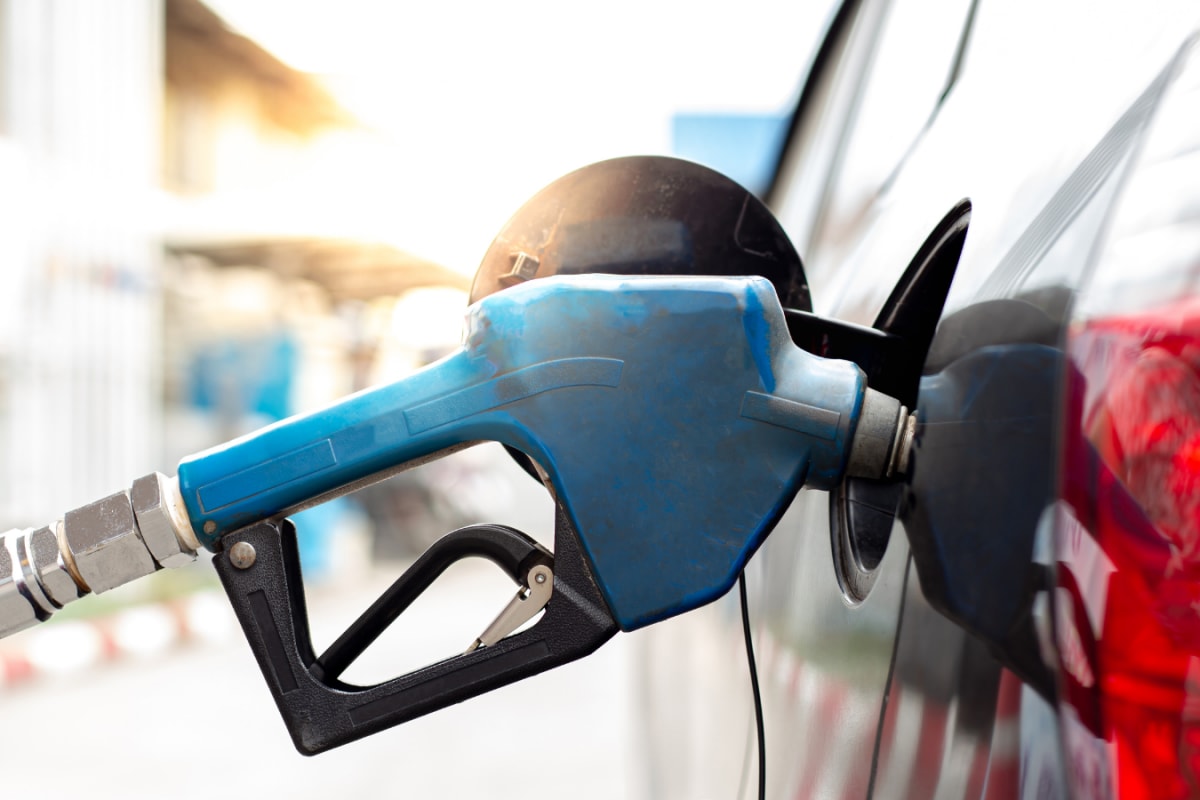

The latest fuel price revisions have been announced, effective August 16, 2025, bringing mixed news for consumers. While petrol prices remain unchanged, there has been a noteworthy decrease in the price of diesel.
In Pakistan, the government has decided to keep the price of petrol steady at Rs264.61 per litre. However, high-speed diesel has seen a reduction of Rs12.84 per litre, bringing the new price down to Rs272.99. This adjustment aims to provide some financial relief, particularly to the transport sector and those reliant on diesel for agricultural activities. The prices of kerosene oil and light diesel oil have also been reduced. Kerosene oil now costs Rs178.27 per litre after a reduction of Rs7.19, while light diesel oil is priced at Rs162.37 per litre, a decrease of Rs8.20.
These new prices reflect the government's consideration of recommendations from the Oil and Gas Regulatory Authority (OGRA) and concerned ministries. The decision to maintain petrol prices while decreasing diesel costs acknowledges the varying impacts of these fuels on different segments of the population. Petrol is predominantly used in private vehicles, affecting middle and lower-middle-class commuters, while diesel is essential for heavy transport, agriculture, and goods transportation.
The reduction in diesel prices is expected to have a positive impact on inflation, potentially lowering the costs of vegetables, transport fares, and other essential goods. Conversely, the unchanged petrol prices mean that individuals who rely on petrol for transportation will not experience any immediate financial relief at the pump.
Globally, the market shows mixed trends influencing local pricing decisions. In the broader context, fuel prices are subject to various factors, including international crude oil prices, currency exchange rates, and government levies. For instance, in countries like the UK, fuel duty and VAT constitute a significant portion of the pump price. These taxes, along with retailer margins, influence the final cost consumers bear.
Other regions are also experiencing fluctuations. For example, projections indicated that petrol and Liquefied Petroleum Gas (LPG) would see marginal increases, while diesel was expected to decrease based on trends and the exchange rate between the local currency and the US dollar. These forecasts underscore the complex interplay of global economics and local policies in determining fuel prices.